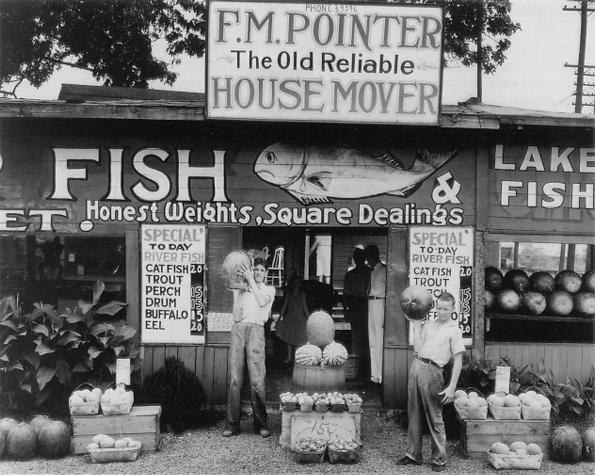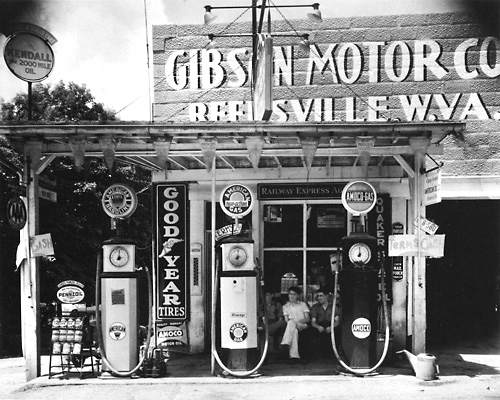Brand: O’Reilly Pocket References and Guides
Concept (from the site):
O’Reilly’s Pocket References and Pocket Guides are comprehensive, inexpensive, compact, and easy to use. Our Pocket References provide you with quick lookup of the hard-to-remember details of programming and web syntax, while our Pocket Guides are short, focused tutorials that explain the basics of new technology, as well as valuable power user tips.
Books reviewed:
Derrick Story’s Digital Photography Pocket Guide and Digital Video Pocket Guide
Google Pocket Guide by Tara Calishain, Rael Dornfest, and DJ Adams
In a word: Brilliant
Slightly longer word:
Of all the O’Reilly brands, I think the Pocket Guide and Reference series is the one with the most potential for explosive growth. Inexpensive books that focus on either syntax (for the references) or on quick in-the-field how-tos (for the pocket guide) that can easily fit into a purse or camera or computer bag–how can they go wrong?
For instance the Digital Photography Pocket Guide by Derrick Story (caveat: one of my favorite O’Reilly people) contains these little tutorials about finding yourself in a specific photographic situation, such as taking a photo of a tall building under certain conditions, and then provides quick, easy to apply advice that encompasses the photographic concepts that apply in this situation (issues of perspective and changing camera angle) and what you can do with your digital camera to make the shot work.
Have a digital camera and want to do a panoramic? Have a particular photograph you want to capture but part of it is overexposed? Want to take a closeup of a flower? The premise of this book is that these are specific questions people have when taking pictures, and Derrick provides simple and easy to follow instructions that suit most digital camera types. Rather than provide a book that covers the basics of photography, it provides how-tos, and to be honest, most people buying a digital camera today don’t want to know the history of photography–they just want to take nice pictures of their grandkids.
By keeping the books focused, they’re small enough to carry with you, and inexpensive enough that by the time you’ve mastered the little tips and tricks, you’ve gotten your money’s worth.
O’Reilly can and should look at going beyond just the digital world with this series. There’s potential in them little bitty books.
Now, returning to my question of writing this type of book: would I be interested?
Answer: oh yes, indeedy.
From a writer’s viewpoint, what I like about the series is that you can write a book in a month, two at the most, and be done. After working on 15 books that are several hundred pages each, it would be nice to do a book that was finished simply and quickly; one you don’t have to worry about covering every little nuance of the topic. Writing computer books can be very tiring, as you try to balance the production needs of keeping books to a specific brand and number of pages, but still provide enough material to cover any number of reader’s interests in the future. When you have a book that’s at about 100 small pages (probably about 50 pages in a regular computer book), you can’t meet everyone’s needs, so you can focus on one particular aspect, and just go to town.
In addition, there are some topics that really fit a smaller book. The Google Pocket Guide strikes me as this type of book, with its focus on how to maximize your use of Google’s services.
The only thing holding me back would be the fact that most of the topics I’d be interested in doing a Pocket Guide or Reference on, have already been done. This includes MySQL (by George Reese, whom I know from long ago early JDBC days, and there’s none better when it comes to databases), SQL (by Jonathan Gennick, O’Reilly’s DB Man, so SQL’s been thoroughly covered), Linux (darn, I didn’t see this one at first and thought ‘Ah Ha!’, and then saw it in the list), and various assorted other topics.
However, given a week or two, I think I could come up with some fresh topic ideas. And if O’Reilly starts dabbling its toes in ponds outside of the digital genre, there’s a world of possibilities.
You can get most of these books for about 10.00US on Amazon. I imagine there might also be a time when O’Reilly will package related books into a nice DVD boxed set type of package, and you could save even more, but that’s only conjecture on my part.

 No matter how well written the book is, and I hope mine are reasonably well written (and my editors find my famous Bb typos, so that’s covered, thankfully), no computer book will stand the test of time; no, not even Kernighan’s and Ritchie’s The C Programming Language book.
No matter how well written the book is, and I hope mine are reasonably well written (and my editors find my famous Bb typos, so that’s covered, thankfully), no computer book will stand the test of time; no, not even Kernighan’s and Ritchie’s The C Programming Language book.

